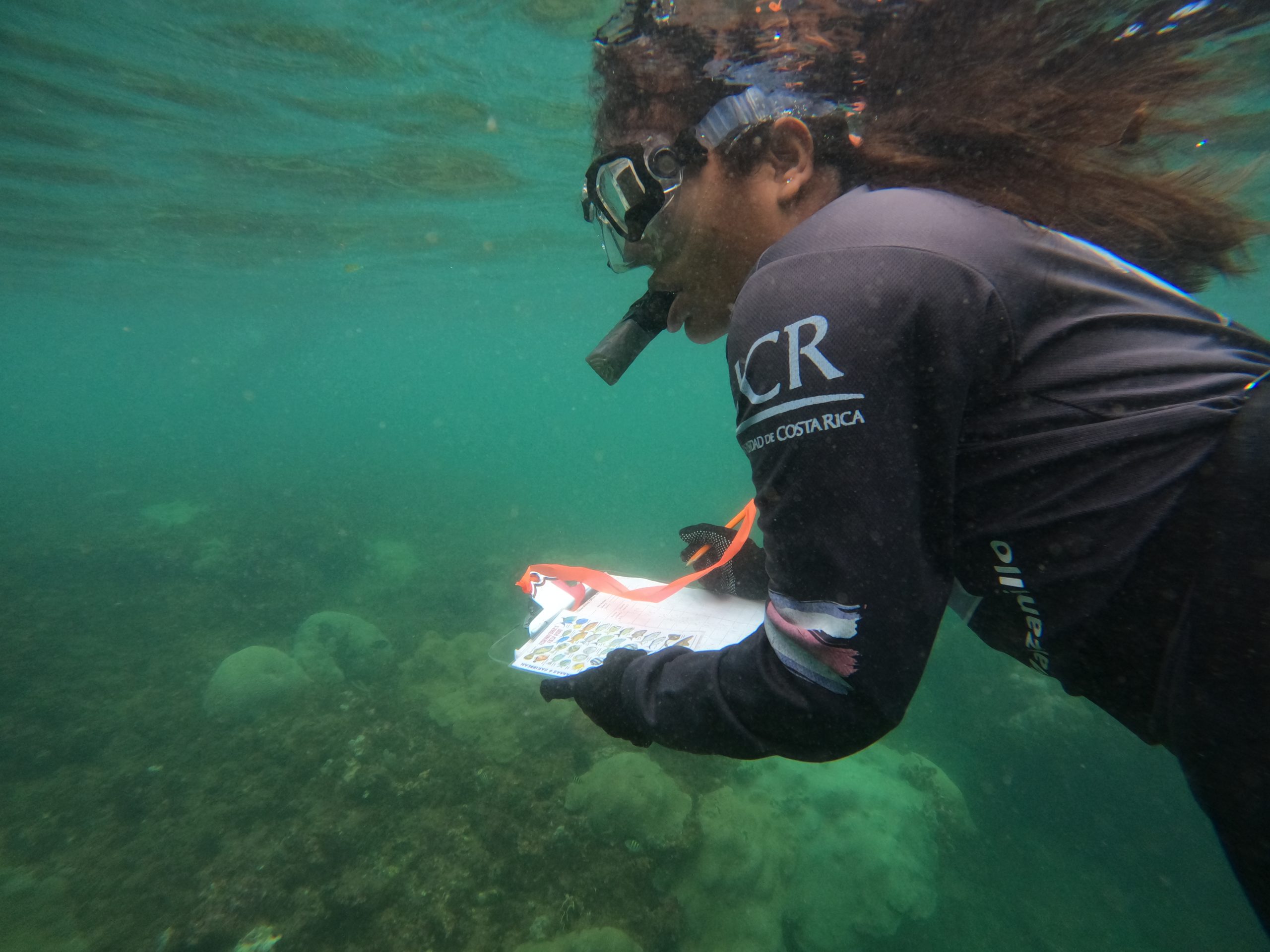Pete Stephens Rodríguez, a 23-year-old resident of Cocles on Costa Rica’s Southern Caribbean coast, can say with complete confidence that he is part of his community’s history. Pete is a member of the Brown family, recognized as one of the founding families of the town of Puerto Viejo—but that’s not only the reason that Pete has made history.
In September 2023, Pete was part of the fifth underwater archeology expedition in the waters of Cahuita National Park, and the first excavation of its kind in the country. Both were organized by the Ambassadors of the Sea Community Diving Center (CCBEM) with the support of multiple national and international organizations. Pete is a member of the Community Diving Center, and has been a part of this organization since the age of 15.
He remembers that during the September 2023 expedition, Pete’s fourth, the underwater archaeologists who were leading the excavation, Danes Andreas Bloch and David Gregory of the Danish Viking Museum, decided to put Pete in charge of the delicate suction of the sand, while one of them refilled his oxygen tank. At this site, four previous expeditions also led by the CCBEM had demonstrated the presence of a shipwreck that, according to evidence collected so far, seems to correspond to two 18th century Danish slave ships called Fredericus IV and Christians V.
“I started digging, little by little. I found a pipe, for smoking,” says Pete, who also helped locate and extract pieces of wood from the ship that are now being examined to determine, with certainty, that these were indeed the Danish ships that brought more than 600 enslaved people from Africa.
The Ambassadors of the Sea Community Diving Center is a nonprofit organization founded in 2015. It got its start in 2014, when journalist and community activist María Suárez Toro decided to look for opportunities for a group of young people from the Southern Caribbean to learn about diving.
During the last eight years, this organization, which today has 25 active members (23 of them between 14 and 28 years of age), has undertaken dozens of dives and involved hundreds of people from the community. Through of citizen science they have rewritten a part of Costa Rica’s history, but have also promoted the practice of diving to care for the coral reefs that distinguish the Southern Caribbean.
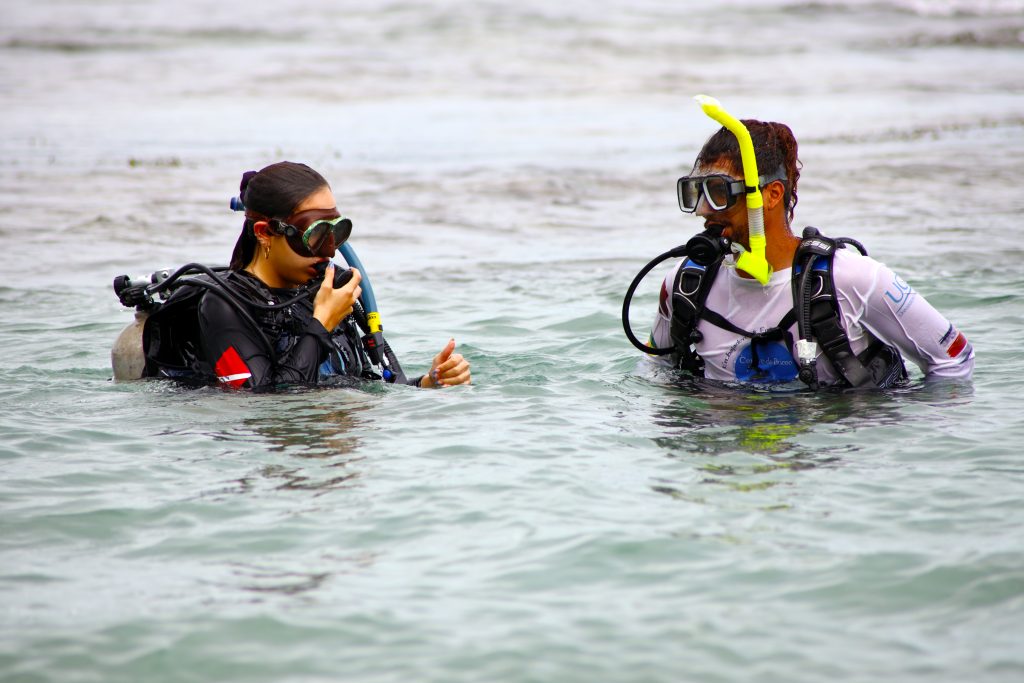
But how has a group of young people been able to achieve this? And why did they decide to embark on this adventure in the little corner of the ocean that surrounds them?
“The idea of doing these diving courses with youth was [originally about] relating to the sea and finding a way to keep ourselves busy doing something that we liked—but at the same time, taking care of the ocean,” says Maraya Jiménez Taysigue, president of the Community Center and another of the founding members. She explains that the center’s purpose quickly moved beyond simple recreation.
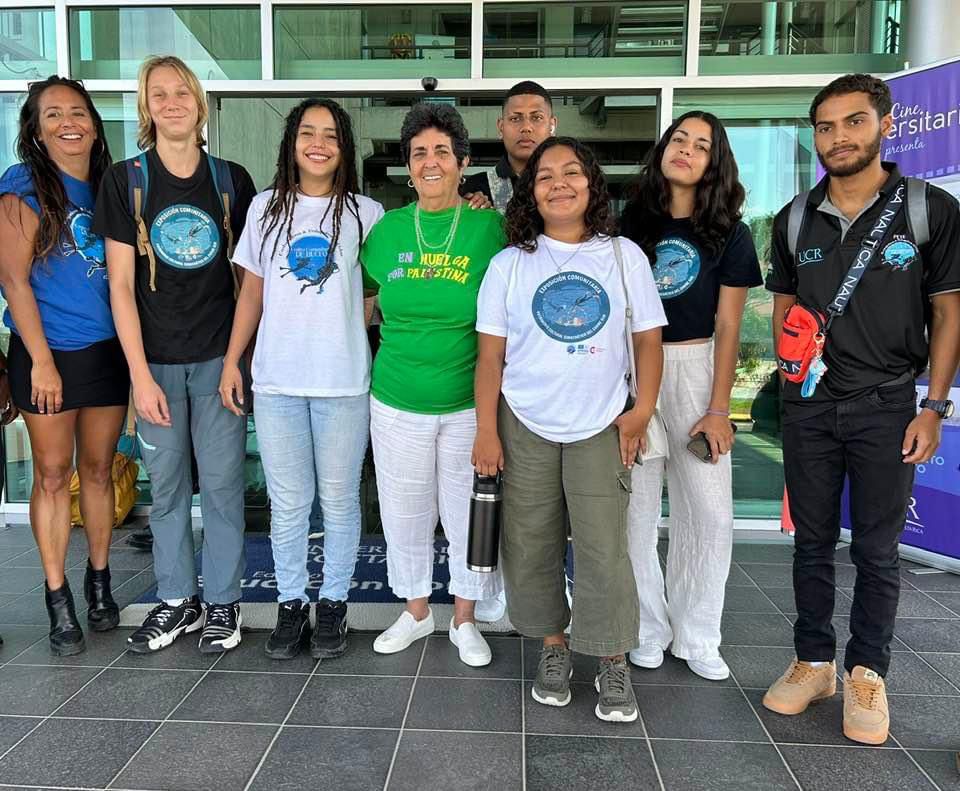
Citizen—and youth—science
Why did Maraya, Pete, and their fellow Center members start searching for shipwrecked ships on the coasts of Cahuita National Park?
Because they already knew that something had to be out there.
“It’s knowledge that we acquire from generation to generation,” says Maraya. “We come from families of fishermen and inhabitants of the area. We have always been related to coral reefs.”
Maraya explains the Center practices citizen science, through which empirical or transferred knowledge is combined with new learning. The Center’s members acquired this learning through various trainings with organizations such as the Nautical Archeology Society (NAS), Diving with a Purpose (DWP), and Innoceana. They were also supported by Costa Rican institutions such as the National Museum, the National University (UNA), the University of Costa Rica (UCR), and the National System of Conservation Areas (SINAC).
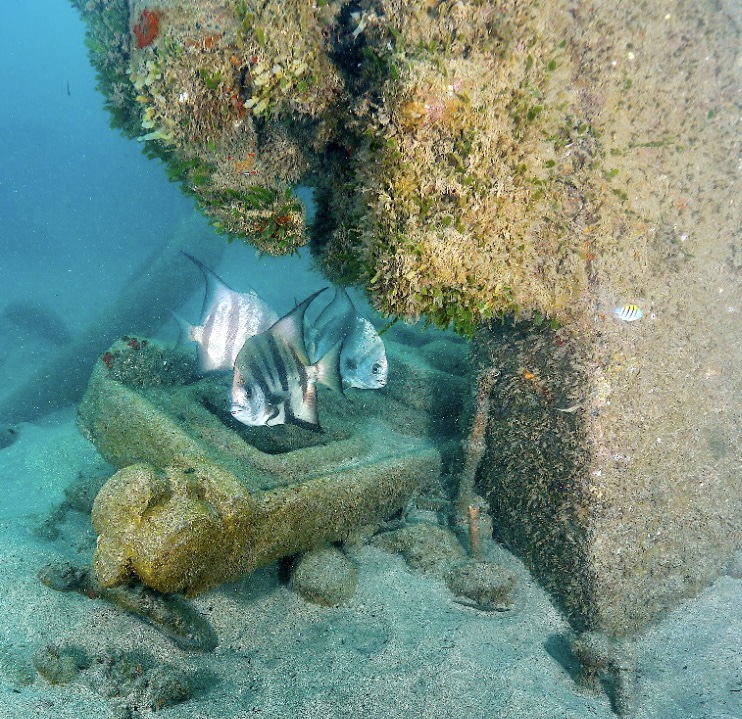
That’s how young people like Maraya and Pete have integrated their own knowledge of the Southern Caribbean coasts, and the knowledge they have received from their families and communities, with scientific knowledge to address two key needs: the recovery of a part of Afro-Costa Rican history, and the monitoring and conservation of corals.
In that process, they have contributed significantly in those two areas. They have also surprised onlookers.
“The archeologists mapped an area, and then he would send people [from the Center] to do the search,” says Maraya. “The surprising thing for them, although not for us, is that the kids always found more things than [the archeologists] could have found.
“[Archeologists] wondered why [the kids could find more], if they are archaeologists and they have years of experience,” she adds. The answer? “We’re the ones who know these reefs and the shapes of the coral and everything, because we have lived in the area.”
For Maraya, recognizing the community’s irreplicable knowledge about its own area and history is one of the CCBEM’s most important achievements.
“It is very important when that community knowledge is used, and the community comes together to participate in these types of projects,” she says. “Not only because it has to do with their history and culture, but also because it is very helpful.”
That’s why Pete’s role in the 2023 excavation and expedition was so important.
“It’s hard for an assistant to come and help so fully,” says Pete, recalling his involvement in the meticulous sand suction of the underwater excavation. “Also, [the underwater archaeologists] let me remove the piece for the exhibition. So all this makes my eight years of effort worth it.”
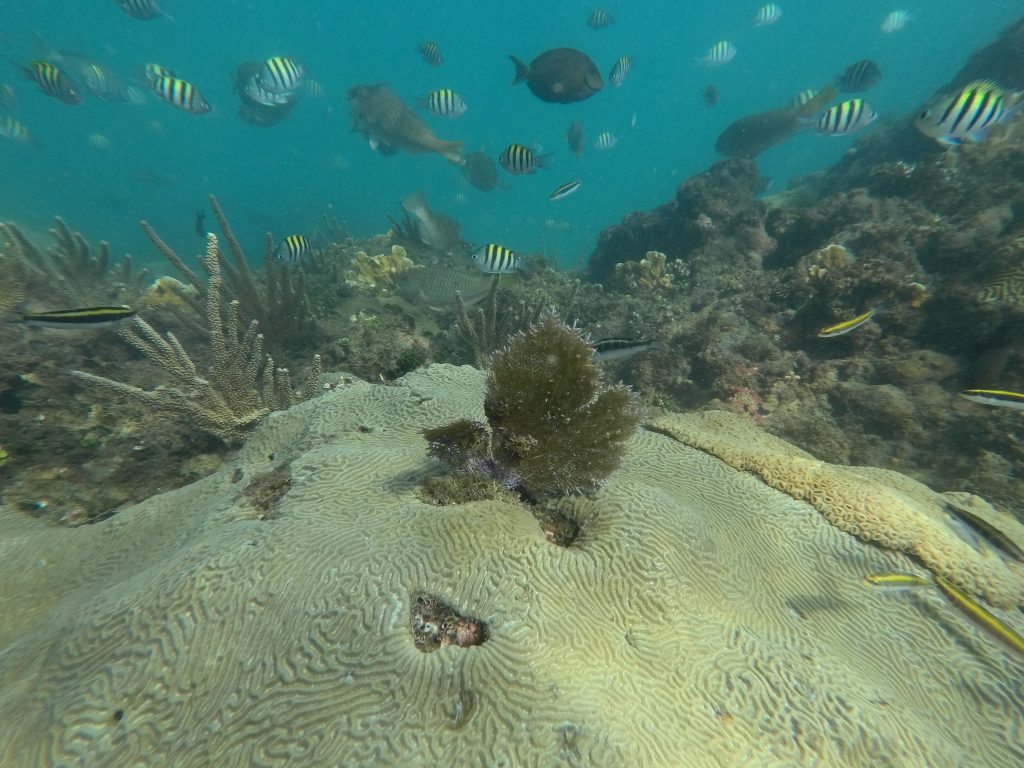
Extending scientific work to the community
The Community Center has created an entire philosophy to guide their work. They call it the ABCD. First, Maraya explains that to participate, young people must commit to staying in school. She leads by example: today, she is working on her graduation thesis and community service hours to complete her law degree from the UCR.
All youth who meet this initial requirement must align their activities to four pillars: A for underwater archaeology, B for purposeful scuba diving (buceo), C for coral conservation, and D for youth development.
B, for scuba diving with purpose, involves not only the recovery of Afro-Costa Rican history through underwater archeology expeditions, but also a series of workshops with the community. These workshops aim to teach people of all ages how to monitor coral reefs.

Ana María Arenas leads this aspect of the organization’s work. She, alongside Center founder María Suarez, are the only two people older than 28. Through various projects, they have created materials to promote education about coral ecosystems through workshops. Alongside the people who have been trained in those workshops, they are collecting scientific data and information about the corals of the Southern Caribbean.
“We want the community to be trained,” says Maraya. “I’m highly trained, but I cannot be on the sea every day. And we don’t have just one beach, so, the idea is to train the community that lives on the different beaches—Cahuita, Playa Negra, Puerto Viejo, Manzanillo, Punta Uva—so that they can monitor the coral. That way, they can determine the state of the coral and the things that are causing problems.”
Maraya explains that the threats to coral range from large-scale banana agriculture, which deposits chemicals and plastics in the oceans; the indiscriminate flow of wastewater into the sea; deforestation; the threats of climate change; and even the impact of tourism. For this reason, monitoring work is also accompanied by cleaning the seabed and beaches.
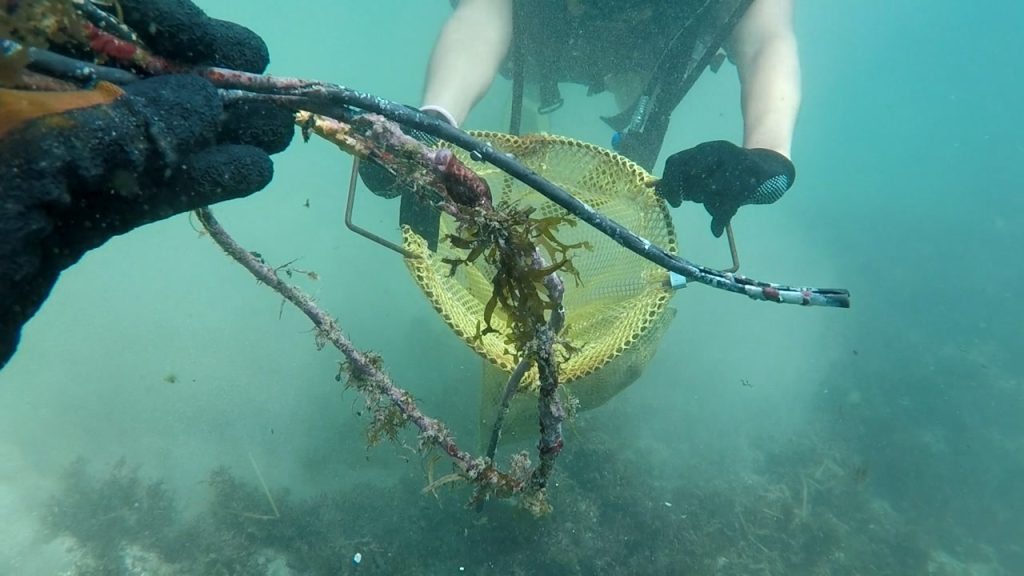
The challenges and impact on the youth of the Southern Caribbean
All work performed by CCBEM members, with the exception of a few grants and specific hires, is voluntary. Maraya, who serves as president of the center, covers her personal expenses by working as a masseuse when she’s not studying and volunteering at the Community Center. If it had more resources, the organization would like to invest in new diving equipment, since its only equipment was received through donations, and to cover other expenses such as renting or buying a facility. At present, the Center covers the cost of renting a warehouse for its equipment.
However, these growth limitations are small, compared to the challenges the organization has already faced.
“The youth of the southern Caribean are the ones who have led this project and the research, alongside the archaeologists,” says Maraya with evident pride. For her, that youth leadership is one of the Center’s most important achievements in its eight years of existence. However, she admits that it has not been easy.
“It has been a very difficult job. Those of us who were providing archeological assistance were just a bunch of carajillos—kids of 15, 16, 17—so it can be very difficult for authorities to believe in a youth project,” she says. She adds that another layer of complexity came from the fact that the organization emerged from the determination of a woman, María Suárez Toro, who is white and foreign, in a community with many cultures and many tribal peoples.
However, the Center has not only demonstrated the value of youth work, but also raised awareness in the community about the importance of their heritage and natural resources.
Part of the archaeological recovery process has included extensive interviews with community members that allowed the Center to discover the existence of artifacts in private homes, some coming from the boats that the Center was researching. Today, many of these pieces belong to a private collection that belongs to the Southern Caribbean community, to which people have access and from which they can learn.
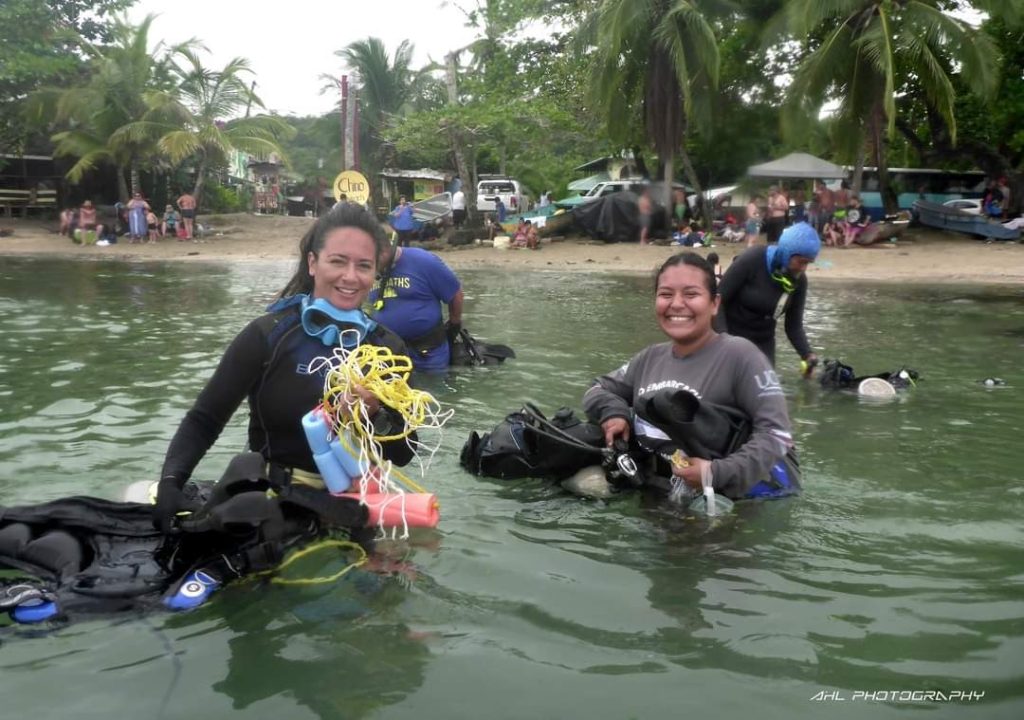
“Due to the education and awareness work that we do with the communities, and the schools and the children, [the owners of the artifacts] have decided that these things have a more significant value if people can get to known them and value them. That’s how the private collection emerged,” says Maraya.
This process of raising awareness about the value of Southern Caribbean culture continues on other fronts. Language preservation is an important element.
“We find ourselves in a community where not all families have the goal of continuing to transmit traditions, culture, their dialect, their language,” adds Maraya. “It is not only an issue of Afro, blackness and slavery, but a story of a mixture of cultures, which is what Talamanca represents. Talamanca is the most mixed place in Costa Rica. It is incredible how it has been that way from the beginning, for many many years.”


